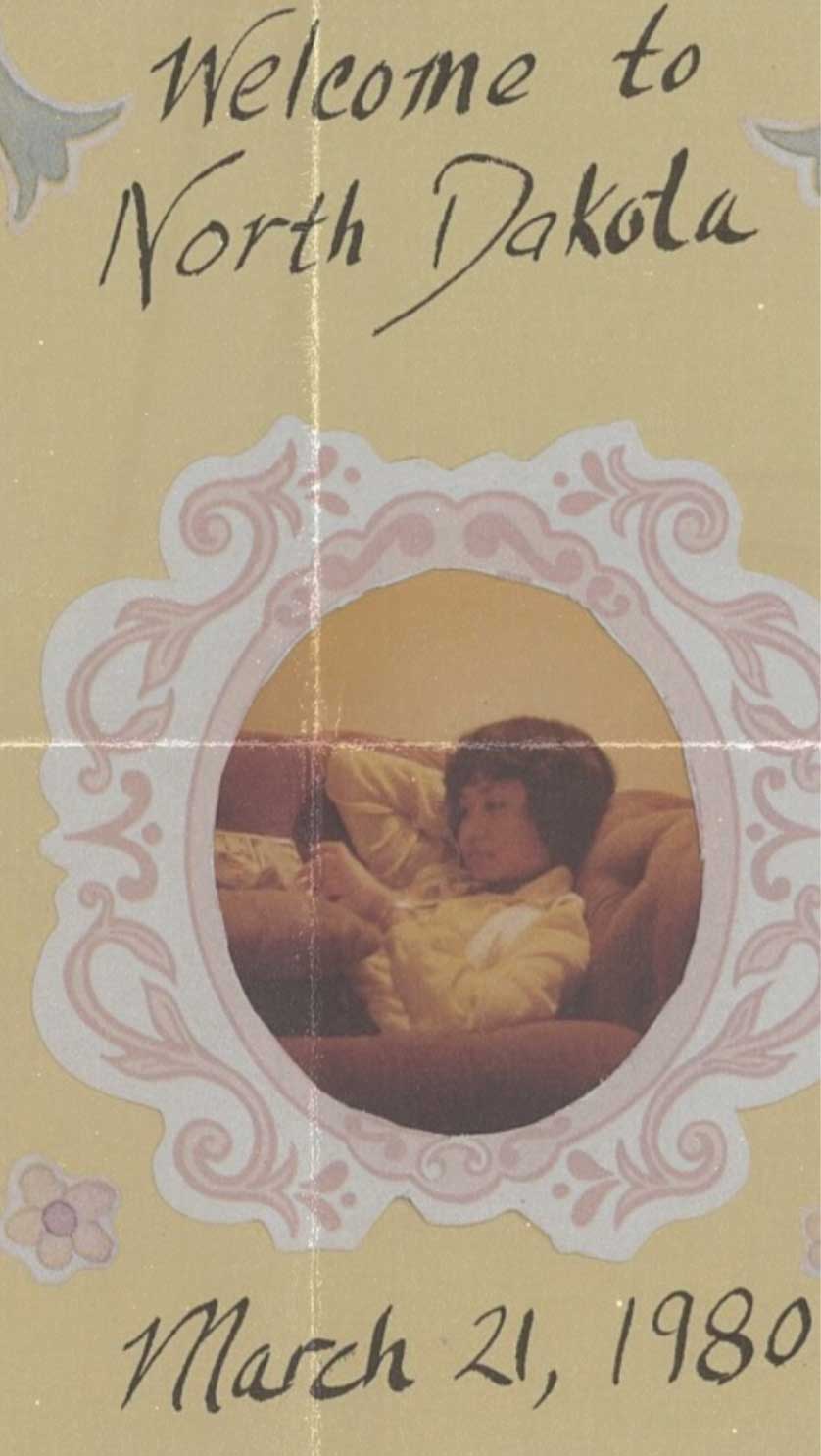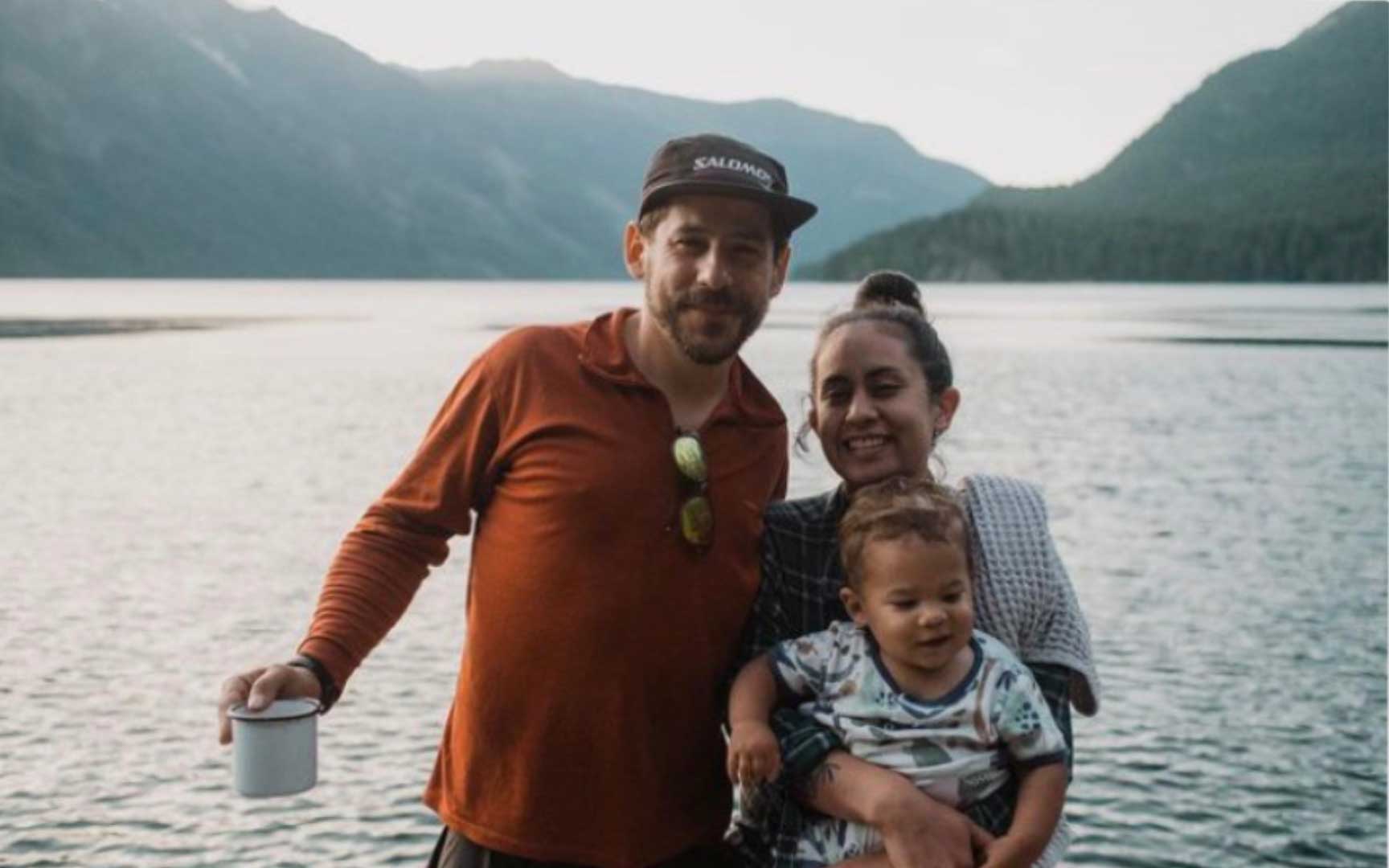Am I Doing This Right?
From the desk of Danae Hendrickson, Legacies of War’s Chief of Mission Advancement and Communications
My Norfolk Pine sits upstairs in a white ceramic pot. Gifted to me for Christmas two years ago. This Pine has seen every room of my home. It’s seen full sun and cloudy corners and old window drafts. My friend was visiting recently for the weekend, and I shared with her the journey of my slowly dying Pine and she said, “Maybe the pot is too big? I think that they like to be a little root bound.”
I was born under the big skies in North Dakota in ‘91. My father’s family are Germans who have been in North Dakota since the late 1800’s. At some point, my great aunt began to write a book titled ‘Theurer’ that highlights their entire journey from Germany to North Dakota. It includes poems, details of their farm, and names of cities and places that I one day hope to visit. As a child, it all made enough sense. My mom, on the other hand, was a complete mystery to me.
She was born in Ban Na Pang, Khongsedone, Champasak, Laos. That, I am about 99% certain of. But from her birth to mine, I have just pieces of information about her that get a little more difficult to recall as the years go by. Like some of you reading this, I grew up without really knowing I was Lao. I knew that my mom was from Laos, but I wasn’t really sure what it meant for me. I remember being so proud and holding tightly to the things that my mom did share with me, all surrounding Lao food.
My mom returned to Laos only once, about 20 years after she fled. In 2013 she passed away after a long fight with Amyotrophic Lateral Sclerosis (ALS). At her funeral, her sponsor family and Lao cousins that I had never met before were the only people there from her side of the family. It really only hit me then how isolated from her past and from any Lao community we truly were. In the same year, my husband and I packed up our little red Honda and moved to Washington state.
Shortly after moving, I had drafted up a Craigslist ad, looking for someone to teach me how to speak Lao. I felt desperate to demystify my mother’s life. Diving into her past seemed like the only place to start. After two visits to Laos and almost a decade later, I found myself at home in quarantine, pregnant, and with endless amounts of time to scroll on Instagram. That’s how I found Legacies of War.
In an afternoon, I read almost every word on Legacies’ website; learning about the ‘Secret War in Laos, learning what a cluster bomb is, learning that my family in Laos is still living amongst, a new term to me, ‘unexploded ordnance’. My mother’s mysterious past started to unveil itself, and I quickly learned why she had tried to keep me from its painful realities. I was speechless.
In addition to learning about this history, I learned about a woman named Channapha Khamvongsa, the #fearlessfounder of Legacies of War. A woman that was given an opportunity to help people and ran to the ends of the Earth with it. The advocacy work of Legacies of War has led to a thirteen-fold increase of U.S. funding for UXO clearance and survivor assistance in Laos, from $3 million in 2008 to $45 million in 2022. Laos was not even close to receiving the attention that it deserved by the U.S. Government until Channapha and a community of advocates asked, “What about Laos?”.
I first became involved with Legacies around 2020 as a donor. I signed up for the Lam Vong Circle at $10/month. Shortly after, I joined the Legacies of War staff. Legacies is the only Lao-led organization in the mine action sector that advocates specifically for U.S. funding for demining and victim assistance in Laos, Vietnam, and Cambodia. During my last trip to Laos with the Legacies team, I witnessed the trust that victims of UXO and demining partners had with us because we spoke the same language and we looked like each other.
Today, as we turn on our phones and listen to our favorite news podcasts, we are overwhelmed with calls to action for humanitarian aid around the world. It can sometimes be paralyzing. “How can I help when there are so many places that need urgent aid?” I was reminded recently that we start by focusing on “the one.” For me, “the one” is Legacies of War.
As a small team of Lao American women, we play a key role in ensuring that Laos is not forgotten and this history is not forgotten through our advocacy and educational programming. Fifty years after the last American bombs were dropped on Laos, we continue to ask the question, “What about Laos?”.
Becoming a Lam Vong Circle member years ago, helped me as a second-generation Lao American to feel rooted. “Reconnecting with my roots” is a phrase that I use often when talking about what Legacies has given me the opportunity to do. I am grateful to be joined together with this beautiful community and be part of the solution for a bomb-free Laos.
I hope this doesn’t give you the impression that I have stopped questioning my identity, because I haven’t. “Am I doing this right? Am I American enough? Am I Lao enough? Am I German enough? Am I enough?” Like my Norfolk Pine, I’m still getting rooted and searching for spaces where I can grow and heal.
Legacies of War is helping generations of Americans, like me, to reconcile with this history by demonstrating how we shape a more peaceful future for our world.

















